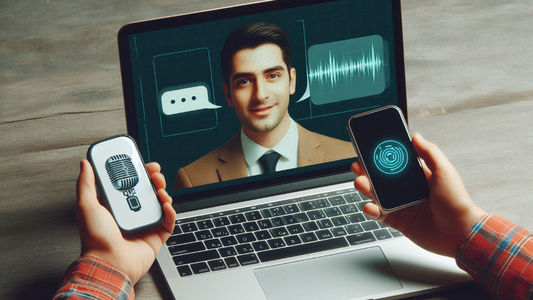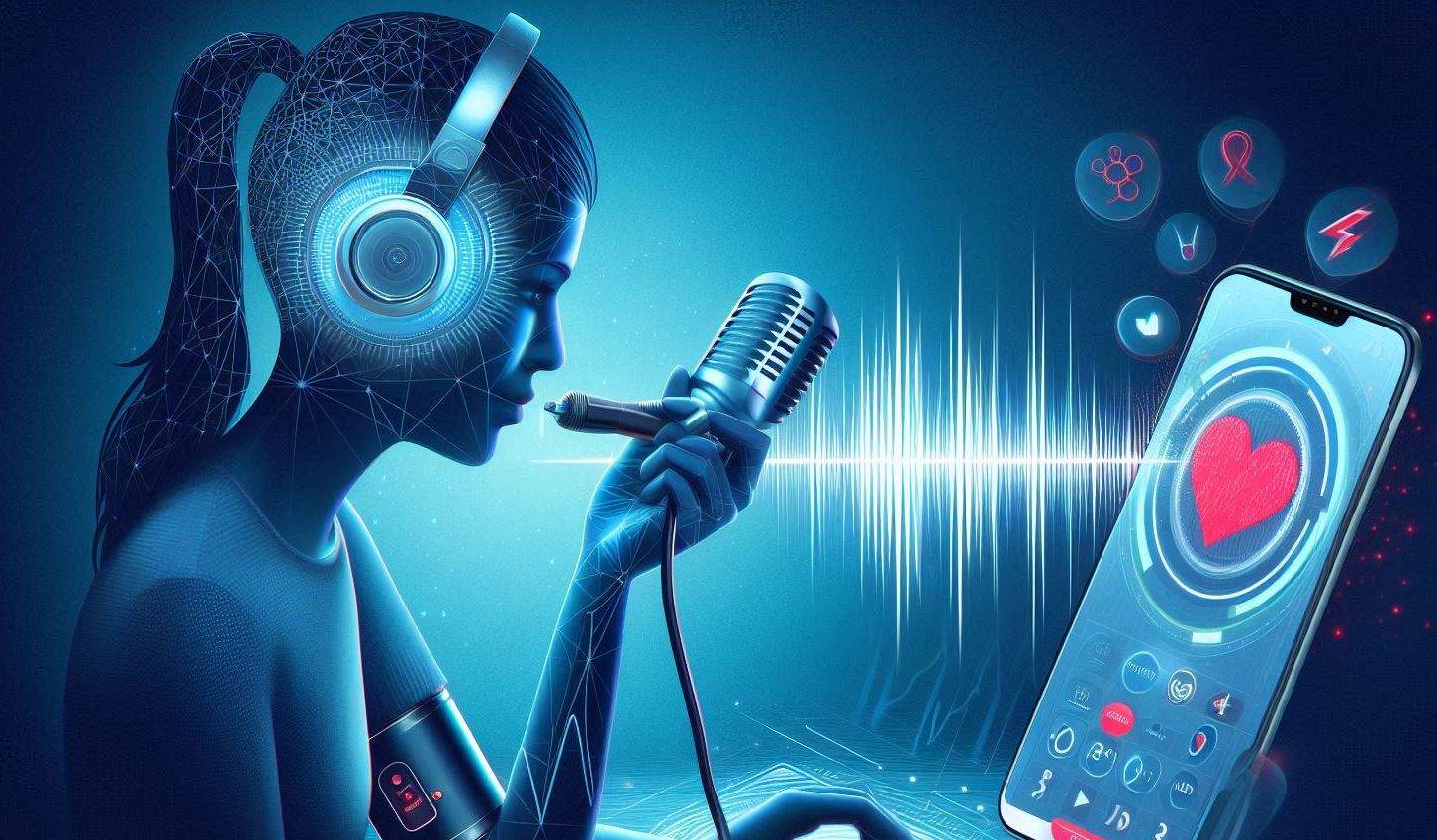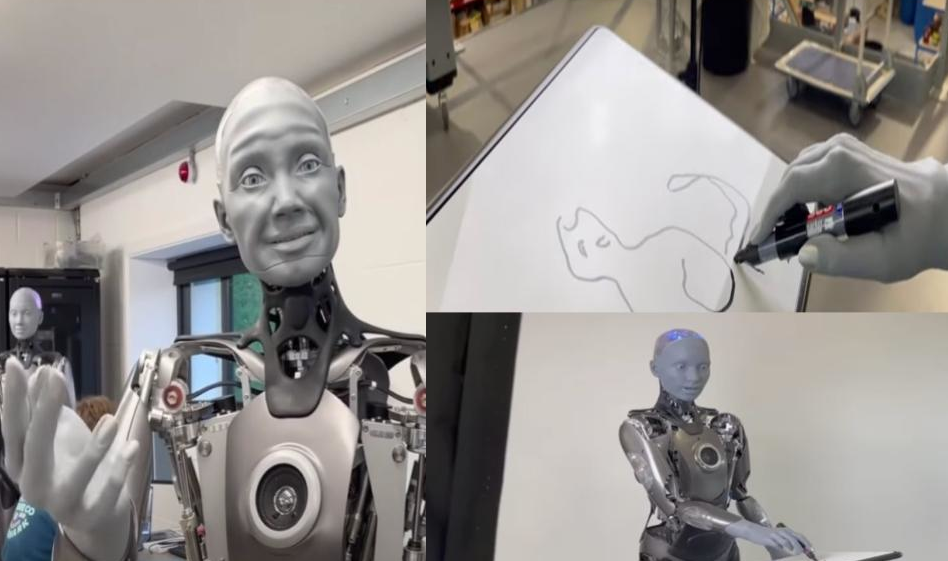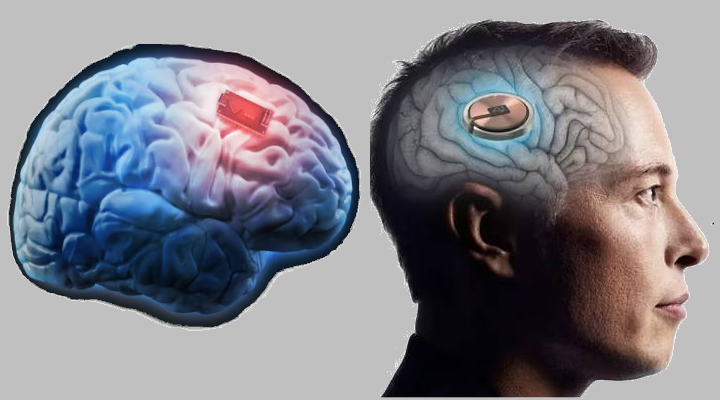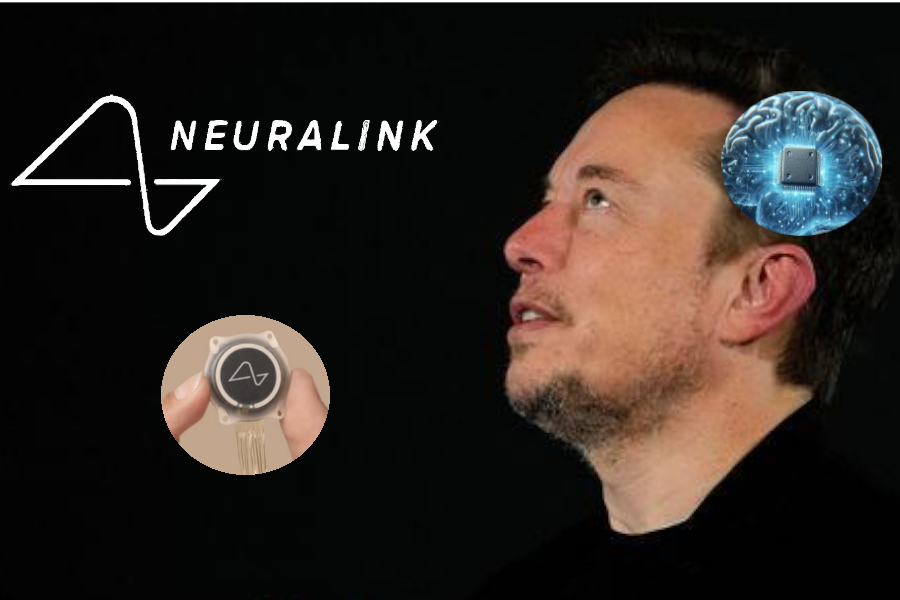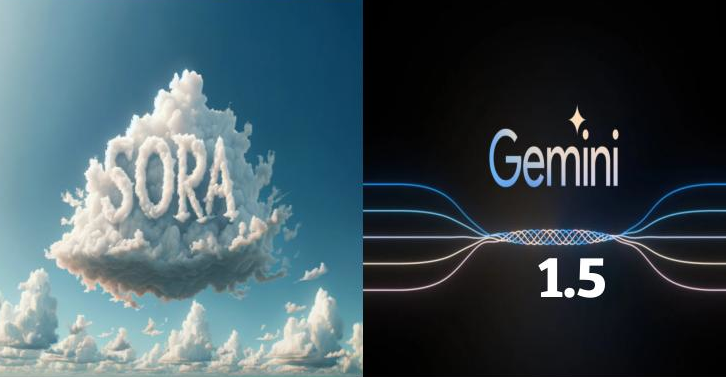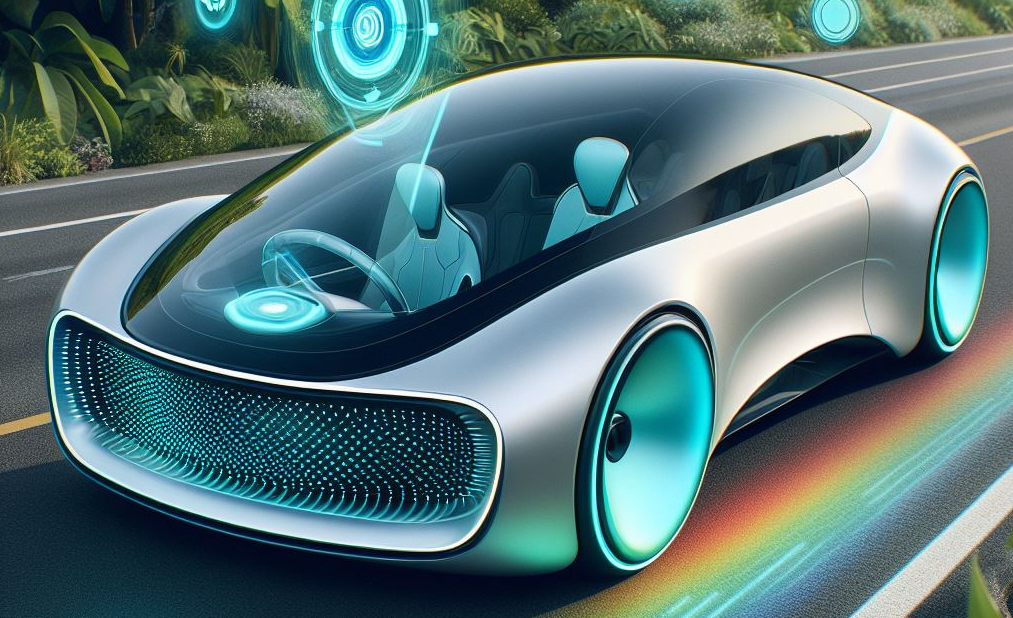Every voice possesses a unique set of characteristics that distinguish it from others. A voiceprint is the collection of these characteristics obtained through sound analysis. Similar to a fingerprint, it can be used to identify an individual.
However, voice prints are not 100% accurate. Various factors such as illness, stress, or deliberate attempts to alter the voice can modify them.
How is a voiceprint obtained?
- A person’s voice is recorded.
- The recording is analyzed to identify specific characteristics like pitch, tone, rhythm, and the sound pattern that records the frequency, bandwidth, and energy of the sound.
- All these attributes are stored together as a voiceprint.
How and where is it used?
It can be used in various applications. The user speaks, and their voice recording undergoes the same process to extract a voiceprint. If it matches the previously recorded voiceprint with a high degree of similarity, the person is identified.
Some applications:
- Security systems: Controlling access to buildings and places based on voice recognition.
- Law enforcement: Identifying suspects or victims through their voice recordings by comparing them to recorded voiceprints.
- Customer service: Identifying callers to customer service through their voiceprints.
How does artificial intelligence contribute to improving voiceprints?
Artificial intelligence is now used to obtain voiceprints. Instead of extracting specific characteristics like tone and rhythm as mentioned above, neural networks are trained to extract a digital representation of the sound. Experimental results indicate that this representation can store diverse sound characteristics that traditional methods cannot, and it is more accurate and rich.
When identifying a person, the same AI model is used to extract the print from a voice recording, then another model is used to compare it with the prints stored in the system and extract the most similar print, thus identifying the owner of the voice. Thanks to the efficiency of these models and their training on vast amounts of data, they can distinguish individuals even if they deliberately try to change their voice or if it changes due to fatigue or illness.
Most voice recognition systems today rely on artificial intelligence rather than older techniques that faced many challenges. This has made voiceprint technology more powerful, reliable, and secure, making it an effective tool for verifying people’s identities and distinguishing them based on a small recording of their voice.
